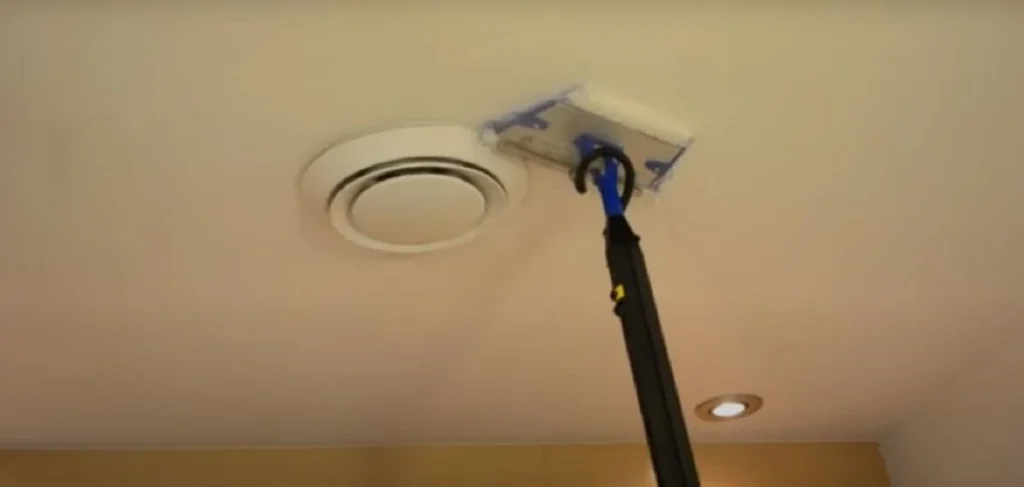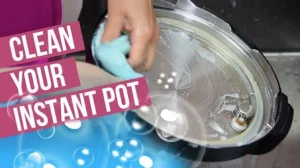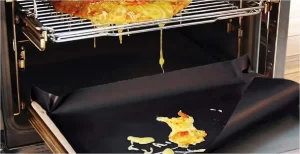Steam Cleaning Walls and Ceilings: What You Need to Know
Yes, you can steam clean walls and ceilings. Steam cleaning is effective for this purpose, though there are considerations to keep in mind.
Steam cleaning can rejuvenate your walls and ceilings, making them as clean and fresh as your floors. The process uses dry steam, which is free of chemicals and safe for homes with children and pets. This method is especially beneficial for removing dirt, germs, and grease without the need for harsh cleaning agents. When steam cleaning, it’s advisable to start with the ceiling, as dirt and debris will naturally fall downwards.
While steam cleaning is generally safe for painted walls, caution is advised if the paint is water-based. The intense heat from steam can cause water-based paint to peel or bubble.
In contrast, walls coated with water-resistant paint can withstand steam cleaning without damage. This method is also ideal for cleaning and disinfecting sealed tile and brick walls.
However, steam cleaning might not be suitable for all wall types. For instance, using steam on drywall or plaster walls is not recommended due to their moisture-absorbing nature.
Similarly, hot steam can damage certain painted surfaces. Always ensure that the paint on your walls can handle the heat and moisture of steam cleaning.
Using a steam cleaner like Dupray can simplify the process, allowing for efficient cleaning without chemicals. It’s crucial to keep the steamer moving to avoid concentrating heat in one spot for too long.
After steaming a section of the wall, wiping it down with a dry microfiber cloth is recommended to remove loosened dirt and prevent water from dripping.
Can You Steam Clean Walls and Ceiling?
Steam cleaning walls and ceilings is an effective method for deep cleaning, but it’s essential to approach this task with the right precautions. The key to safely steam cleaning these surfaces lies in understanding the materials involved and how they react to moisture and heat.
Before beginning, inspect the surface for any signs of damage like peeling paint or loose plaster. Steam cleaning over these areas can worsen the condition. Always test a small, inconspicuous area first to ensure the surface can withstand the steam. If you’re dealing with wallpaper, be extra cautious as steam can loosen the adhesive.
Keep the steam cleaner moving to avoid focusing too much heat in one area, which can cause damage. For ceilings, using a steam cleaner with a long handle will make the process easier and safer, preventing the need for ladders or excessive reaching.
It’s also important to control the amount of moisture. Excessive steam can lead to water damage, especially on ceilings where water can pool and seep into the structure. After steam cleaning, use a dry microfiber cloth to gently blot any excess moisture.
And, ensure good ventilation during and after steam cleaning. This helps in quick drying and prevents the growth of mold or mildew, which can be a concern in damp areas.

How to Steam Clean Walls Properly?
Steam cleaning walls is an efficient way to remove dirt, grime, and bacteria. It’s a method that uses the power of steam without the need for harsh chemicals. Here’s how to steam clean walls properly to ensure thorough cleaning while protecting your wall surfaces.
Preparing for Steam Cleaning
Step 1: Inspect the Walls
- Check for any damages like cracks or peeling paint.
- Determine the type of paint or wallpaper to ensure steam cleaning is suitable.
Step 2: Clear the Area
- Remove or cover furniture and wall hangings.
- Place towels at the base of the walls to catch any dripping water.
Using the Steam Cleaner
Step 3: Choose the Appropriate Attachment
- Use a wide nozzle for large, flat areas.
- Select a smaller brush for corners and tougher stains.
Step 4: Fill and Heat the Steam Cleaner
- Fill the cleaner with water and allow it to reach the required temperature.
Step 5: Test on a Small Area
- Start with a less visible section to test the wall’s reaction to steam.
The Cleaning Process
Step 6: Steam in Sections
- Clean in small sections, starting from the top and moving downwards.
Step 7: Maintain a Safe Distance
- Keep the nozzle a few inches away from the wall to prevent heat damage.
Step 8: Overlap Strokes
- Overlap your strokes to ensure even cleaning and avoid missing spots.
Aftercare
Step 9: Wipe Down Excess Moisture
- Immediately wipe the walls with a dry microfiber cloth after steaming.
Step 10: Ventilate the Room
- Open windows or use fans to air out the room and expedite the drying process.
Step 11: Inspect and Touch Up
- Inspect the walls for any missed spots or additional cleaning needs.

Ceiling Steam Cleaning
Cleaning your ceiling might seem challenging, but steam cleaning can simplify it significantly. Here’s a guide on how to effectively steam clean your ceiling.
Firstly, prepare the room by removing or covering furniture and electronics. This protects them from moisture. Ensure your steam cleaner is filled with water and heated to the appropriate temperature. Start with the steamer at the lowest setting and gradually increase if needed.
Begin at one corner of the ceiling and systematically move across in a grid pattern, ensuring even coverage. Keep the steamer’s head moving to avoid concentrating heat in one area. If you encounter any stains, you may need to go over them a few times, but be cautious not to oversaturate the area.
After steam cleaning, it’s crucial to dry the ceiling promptly to prevent any water damage. You can do this by wiping with a dry cloth or using fans and dehumidifiers to speed up drying. Inspect the ceiling after drying to ensure no water marks or damage has occurred.
Remember, safety is paramount. If your ceiling is high or difficult to reach, consider using a steamer with an extended handle or hiring a professional.
Alternatives to Steam Cleaning Painted Walls
When it comes to cleaning painted walls, steam cleaning might not always be the best option, especially if the paint is water-sensitive. Fortunately, there are effective alternatives that are gentle yet efficient.
For light cleaning, a soft cloth or sponge dipped in a solution of mild detergent and warm water works wonders. This method is particularly suitable for latex-painted walls. Gently wipe the walls in a circular motion, starting from the bottom and working your way up to prevent drip marks.
For tougher stains, you can use a baking soda paste. Mix baking soda with a small amount of water to form a paste, apply it to the stain, and gently rub with a soft cloth. This method is effective and gentle on most painted surfaces.
Another alternative is using vinegar solutions. Mix equal parts of white vinegar and water in a spray bottle. Spray lightly on the wall and wipe clean with a soft cloth. This solution can help remove grease and mild stains without damaging the paint.
For those who prefer commercial products, there are numerous gentle wall cleaners available that are formulated specifically for painted surfaces. Always follow the instructions and test a small area first.
In cases where steam cleaning is not advisable, these alternatives provide effective ways to keep your painted walls looking fresh and clean without risking damage.






